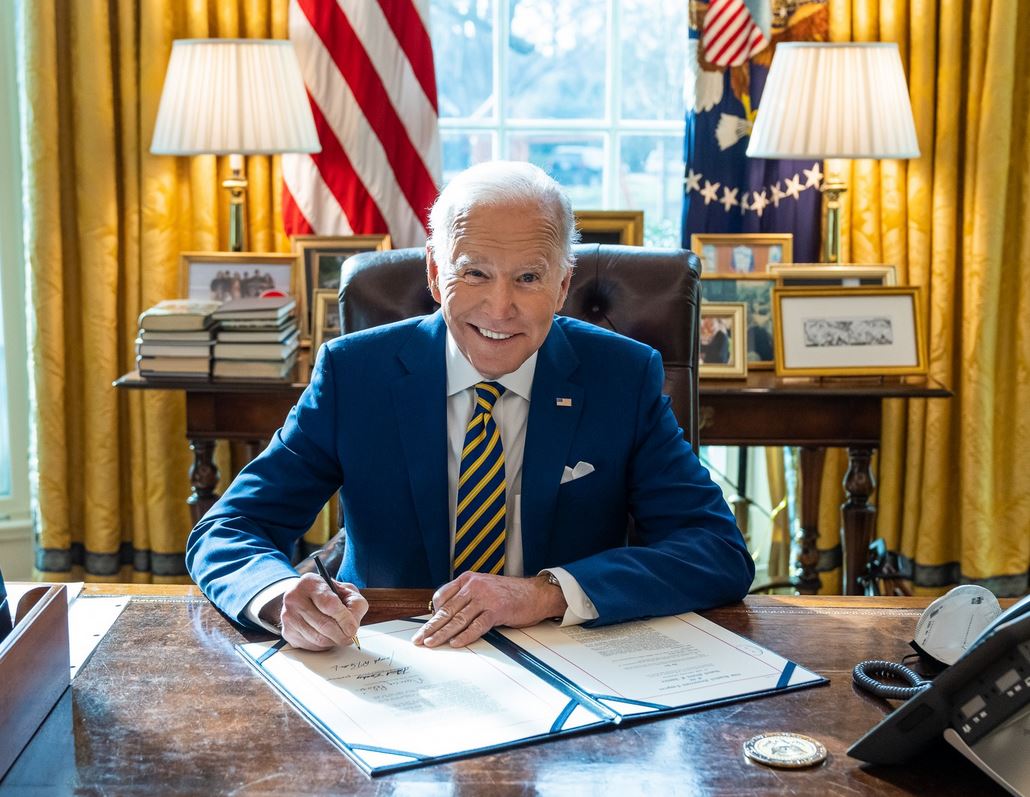The Biden administration is committed to an all-of-government implementation of its climate agenda. Every executive-branch agency, including such unlikely ones as the Consumer Product Safety Commission and the Securities and Exchange Commission, have been drafted to help.
But the Energy Information Administration didn’t get the memo. The EIA, part of the Energy Department, just issued its “Annual Energy Outlook” report for 2023, which contains a startling graph that undermines the president’s climate agenda.
Featured in a media release titled “EIA projects that U.S. energy-related CO2 emissions will fall through 2050,” the report finds that by 2030, U.S. emissions will decline from their 2005 peak by 30%.
But a 30% decline isn’t what the president has been selling. On his first day in office, Mr. Biden issued an executive order recommitting the U.S. to the Paris Climate Accords, which entails a pledge to reduce net U.S. greenhouse-gas emissions at least 50% by 2030 and to zero by 2050.
Last year’s report from the U.S. electric-utility industry concluded that net-zero emissions on an economywide basis is impossible. Yet the irrational march to net zero continues. The SEC is preparing climate disclosure rules to facilitate the president’s goal by 2050. Many large U.S. and European companies have publicly committed to attaining net zero by 2050. Companies that haven’t yet surrendered are being pressured to do so by Wall Street and large institutional investors.
I filed a shareholder proposal with Southern Co., a large Atlanta-based utility, asking it to report to shareholders annually on its progress to net zero by 2050. In its statement recommending a vote against my proposal, Southern wrote: “Implying that there is no realistic pathway to reaching net zero by 2050 is in direct conflict with the stated intentions of policymakers—including the current administration’s stated goal of zero-carbon electricity and a net zero carbon economy by 2050.”
Unfortunately policy makers can’t order technology like dinner. The road to disastrous blackouts begins with those “stated intentions of policymakers.” Across the country, electricity grids are being systematically weakened by the “net zero by 2050” cult. Coal and gas plants are being replaced with unreliable and subsidy-dependent wind and solar operations. Electrical grids are simultaneously being burdened with extra demand from electric vehicles. Disaster looms.
There is one bright spot. The governor of Utah recently signed a bill enabling the state “to defend the state’s interests with respect to electricity generation” against federal regulation. Only 49 states to go.
Mr. Milloy is a senior legal fellow with the Energy and Environment Legal Institute.
This article originally appeared in the Wall Street Journal.
